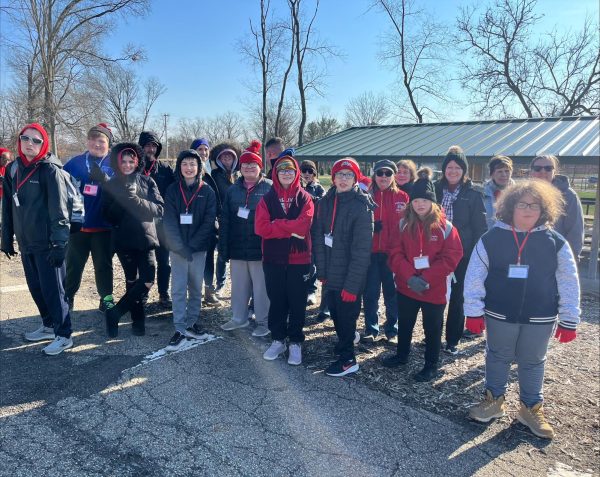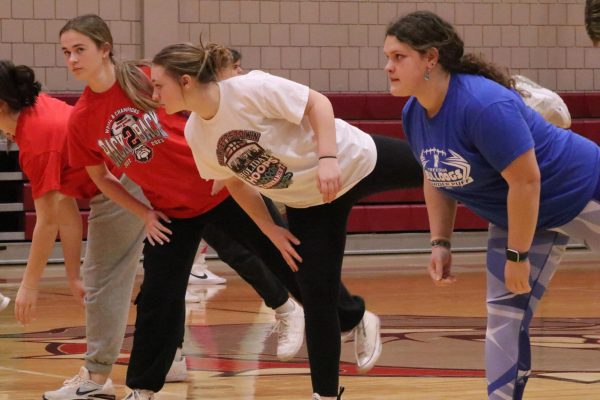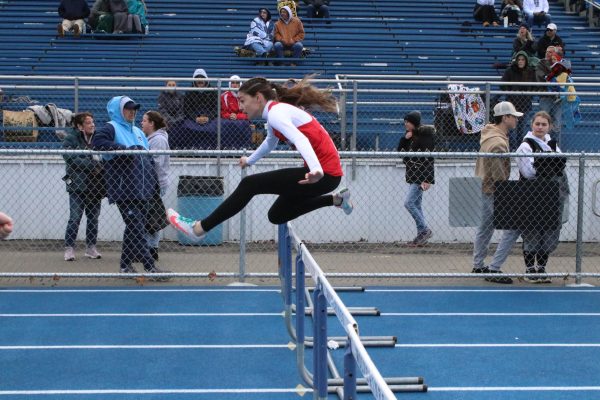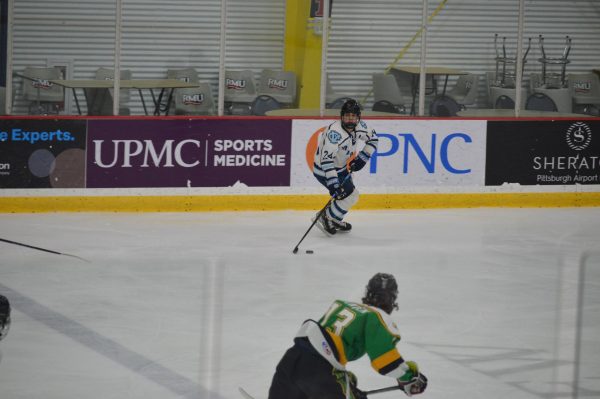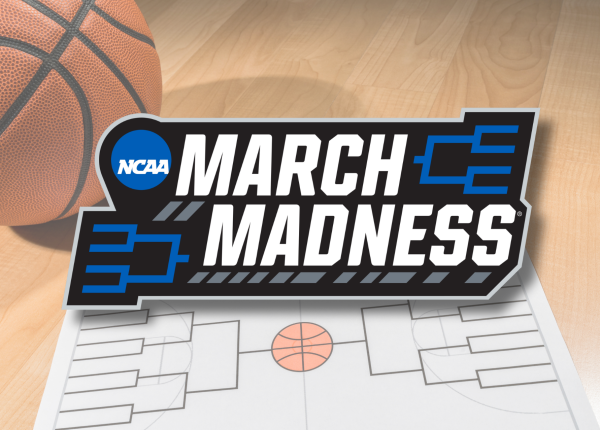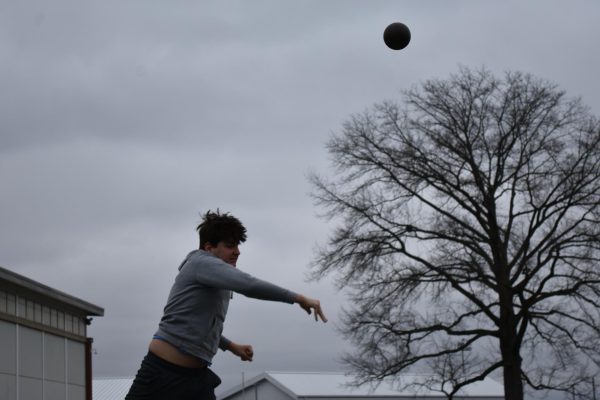Putting a price tag on high school athletics
Sleepless nights and arduous workouts are often only the smallest struggles of a student athlete. Oftentimes, the sports students play in school come between school work, meeting important deadlines, family time and/or relaxation. These factors are looked over and thought to be unnecessary as long as the student is doing well in the sport, but these factors are in fact very important, and overlooking them can cause the student severe sleep deprivation, loneliness, feelings of “drowning” in work and, in extreme cases, feelings of hopelessness when work seems to have piled up beyond comprehension. This is the tough reality of a student athlete. At some point, one must ask themself: is it worth it?
According to the National Collegiate Athletics Association (NCAA), there are currently around eight million students competing in high school athletics. However, only about 495 thousand of those will compete at NCAA colleges after high school. To put this in perspective, that’s only around 6.2%. The best of the best make it to the big leagues; and let’s face it, not everyone can be the best of the best.
Additionally, it takes a significant amount of money to compete in high school sports. The student or their parent is usually required to buy uniforms, some type of shoe or equipment, not mentioning the abundance of gas money spent to get to practices and games. The price tags on just being a part of the team can get to be pretty hefty.
During the afternoons, student-athletes are usually bombarded with practice or games, which take away time from catching up on homework, regaining lost sleep or fixing a grade in a class that is on the border of pass or failing. Oftentimes, the catchphrase is, “school comes first, sports come second,” however, in practice, is that actually how it works? This is not usually the case.
High school sports take up a plethora of time, not leaving the student much room in their schedule, if any, to actually learn in school. Floating by on the skin of their teeth teaches nothing but how to memorize everything the night before a test and stress beyond belief.
High school sports, of course have some benefits, or else no one would participate in them. They can create everlasting friendships and teach valuable team-building skills. However, these skills are also built in school. Friendships in school are made everyday; in fact, students’ best friends most likely go to their school and are even in their class. As for team-building skills, students participate in projects all the time where they must communicate with others or work together to complete a task. These two skills are extremely helpful in the real world, and are learned in the classroom just as well as on the field.
The truth is, high school sports are teaching students how to spread themselves ridiculously thin and that constant stress and exhaustion is normal. School shouldn’t be all sports and all work, but a healthy balance between the right amount of sleep, homework and athletics. In the end, being overactive in high school athletics can sometimes cause more harm than good.




